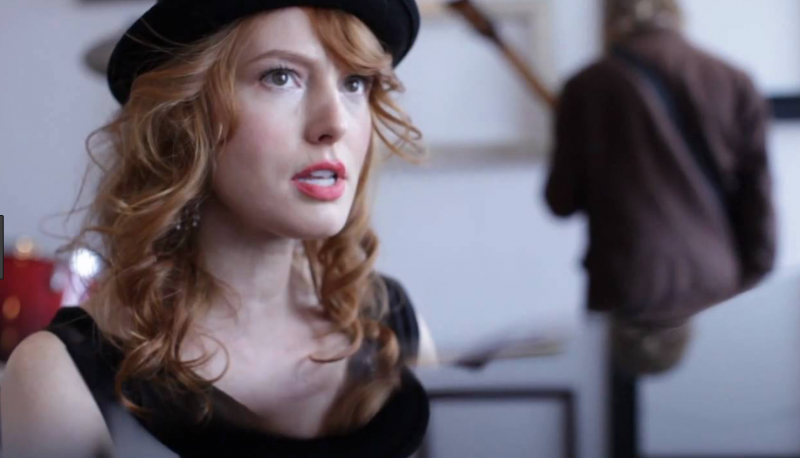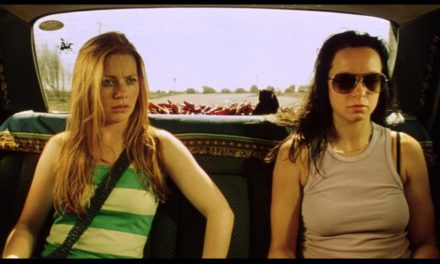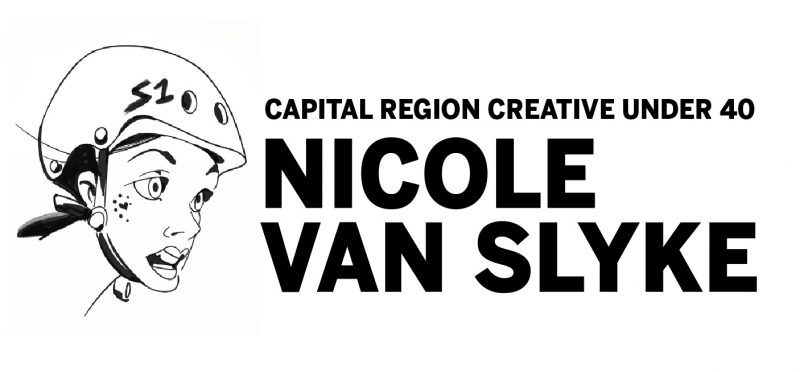Skidmore professor Aaron Pedinotti wants to take readers deep inside the first Gothic novel and to do that he’s planning to travel to England to take over an 18th-century villa.
The Strawberry Hill House, built by author Horace Walpole, is known to have served as the inspiration for his novel “The Castle of Otranto,” which is regarded as the first Gothic horror novel. Pedinotti, who is penning a book arguing that Gothic literature inspired the development of Virtual Reality, will work with a team next year to render a virtual reality experience set in Strawberry Hill and inspired by the novel.
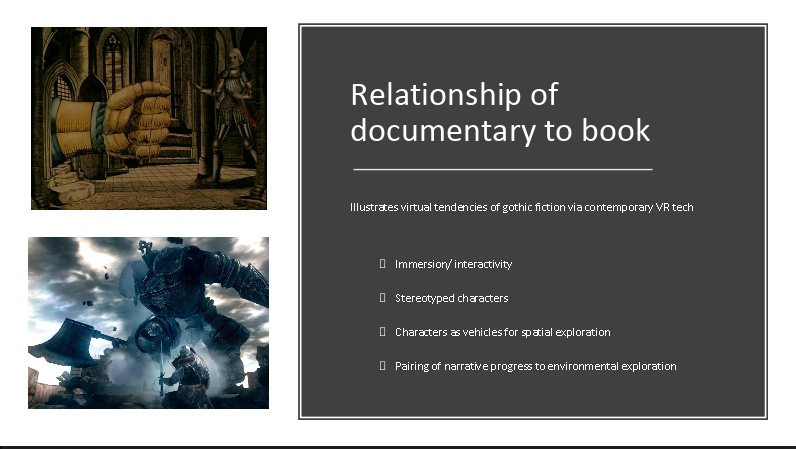
A slide from Pedinotti’s proposal.
“With the help of some of the people who work at the Strawberry Hill (now a historic cultural site), I’ve mapped out how certain of its rooms, halls and passageways correlate to the book’s most bizarre, dramatic, and memorably spooky scenes. On the basis of that research, I’m designing a VR experience—which I’m calling a ‘virtual documentary’— that will illustrate the relationship between the house and the text,” wrote Pedinotti.
Pedinotti felt his argument that Gothic texts seek to produce a “sublime or awe-inspiring experience in the reader” led to the creation of increasingly immersive fictional environments including video games and eventually virtual reality needed a more immediate demonstration.

A slide from Pedinotti’s’ presentation on his documentary.
“I found myself wishing for more visceral, experiential, and multisensory ways of driving home my points about their virtual characteristics,” Pedinotti says. Pedniotti shared his aspirations with a colleague at Skidmore who encouraged him to get involved with the school’s IdeaLab Maker’s Collaborative. He also served as a fellow at Skidmore’s MDOC Storytelling Institute where he began to expand his idea. “My colleague suggested to me that the experience would be more engaging and potentially more informative if I made the experience interactive—for example, by requiring the users to personally seek out and find certain items of historical information about specific locations in the house in order to trigger the animated scenes from the novel. This struck me as an excellent idea that would exploit the interactive elements of VR far more effectively than a linear, pre-scripted, and relatively non-interactive guided tour. So at this point, I can say that I want the users to interface with the experience in an interactive way.”

A slide from Pedinotti’s presentation.
Pedinotti is currently working with the historical site and his team to schedule a two-day stay sometime over the next year. From there the team plans to finish virtual rendering and then next year complete the animated and 3D aspects of the experience.
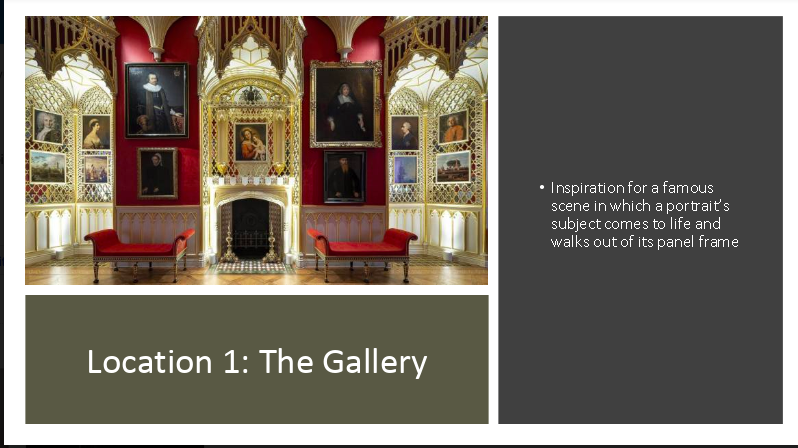
A slide from Pedinotti’s presentation.


